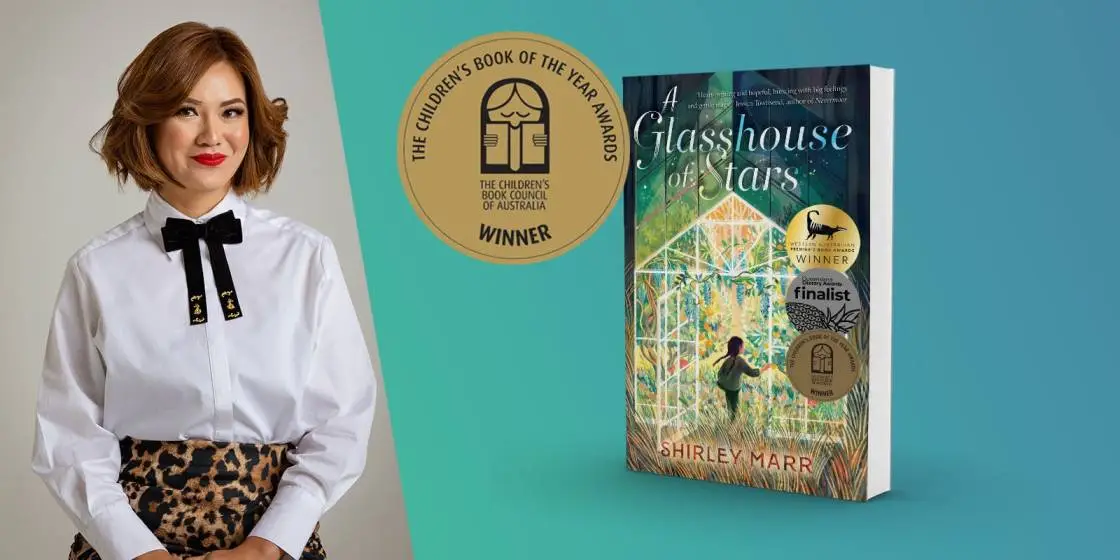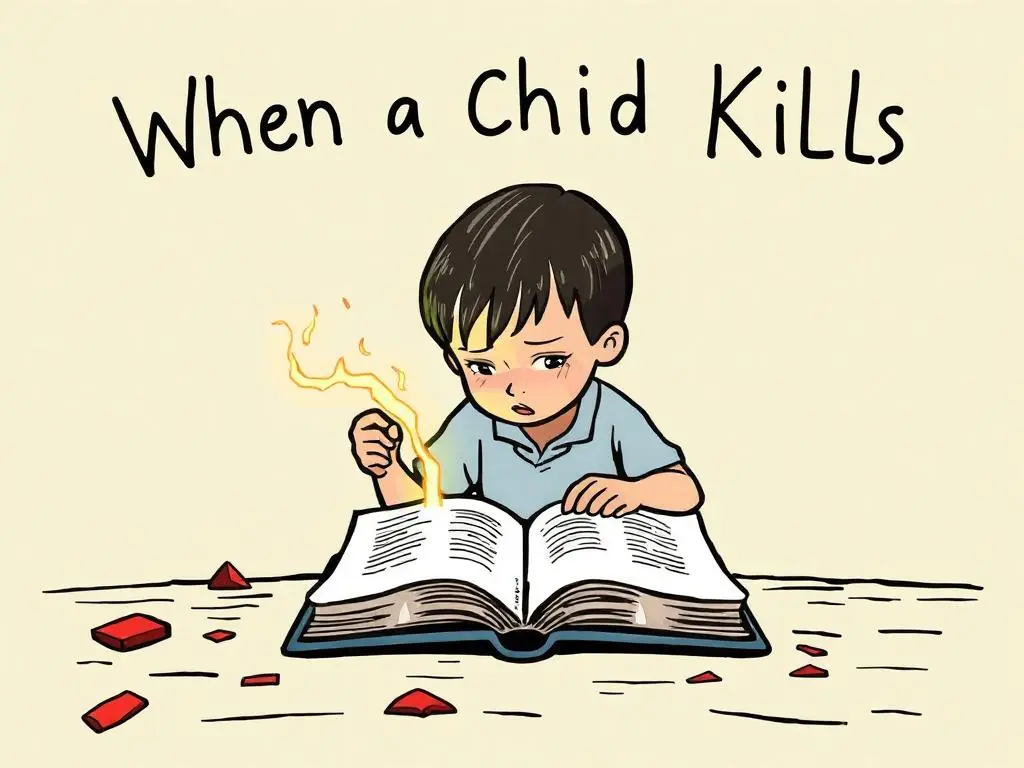Monsters vs. Aliens

Sia Martinez is trying so hard to believe in miracles.
It’s been three years since her mom was taken away by ICE; almost two since she was pronounced dead, even though there was no corpse to prove it. All Sia has left are endless questions, the moonlit desert and the tales her abuela told her.
SIA MARTINEZ AND THE MOONLIT BEGINNING OF EVERYTHING (Simon Pulse, 432 pp., $18.99; ages 12 and up), by Raquel Vasquez Gilliland, is a story about searching for answers. Sia needs not only to find out what happened to her mom, but also to confront her personal trauma, her evolving sexuality and her wavering faith.
What’s clear from the start is Sia’s love and admiration for her family and the earth. She and her father live in Arizona, next to the Sonoran Desert, where “the indigo of the night sky, the line of hiplike mountains, even the cacti themselves” call to her.
Sia is proud of her lineage of strong women who grew maiz and studied the land. She’s determined, in turn, to make her ancestors proud, to light candles in the desert at night both to honor her late grandmother and to guide her mother’s spirit home.
One night Sia spots mysterious blue orbs on the horizon. In all her years of sky-gazing, she’s never seen anything like them. She keeps visiting the desert, hungry to learn more.
When the blue lights return, they get bigger and bigger, until Sia realizes they are some sort of spacecraft, which crashes right in front of her in the sand. Out of the wreckage crawls her mom.
Gilliland has woven together many different genres in this fascinating debut novel — romance, sci-fi, Mexican folklore — all against the backdrop of horrifically true events that have taken place at the border in the past few years.
Her previous work as a poet and visual artist serves her well, especially when she’s describing endless stretches of desert and sky. Her attention to light, shadow, taste, smell and sound are remarkable, making a cricket’s song seem magical. Her language exhibits a stunning fluidity, depicting time and space and even mortality as a sort of continuum.
Sia is a very authentic and mature 17-year-old. Her doubts, fears and anger at her mom for trekking across the desert feel true to a young adult.
But this book is for adults as much as it is for teenagers. Gilliland includes a note at the beginning, warning readers that it contains sexual assault, PTSD, physical abuse, parental death and racist violence.
She challenges her characters and her readers to explore faith, forgiveness and the possibility of alternate realities. Whether it’s the concept of the dead speaking to us through holes in the sky or the creepily weird notion of cutting human blood with alien blood for experimentation, there is no shortage of fantastical images.
At times, they can be hard to reconcile with systemic racism and the very real tragedy of immigrant children being torn from their parents. At others, they seem like apt metaphors.
Sia has a deep respect for the sanctity of all species; she reminds us that we are interconnected. Humans, animals and plants should be equally revered as part of a universal heritage we have yet to truly understand.
When she sets out to find her mom in the desert, she’s inviting us to search and hope, too.
She’s teaching us about the everyday miracles that surround us if we open ourselves to the experience. She’s asking us to see ourselves as part of a greater whole, so we can learn how to honor and respect all beings.
As Sia muses, “Taking walks in the starlight makes our senses raw. And we can hear and see and feel our ancestors. They’re always among us, traveling back and forth by starlight. It’s a kind of magic.”
In a world where we are so often dividing ourselves into us and them, this book feels like a kind of magic, too, celebrating all beliefs, ethnicities and unknowns.




